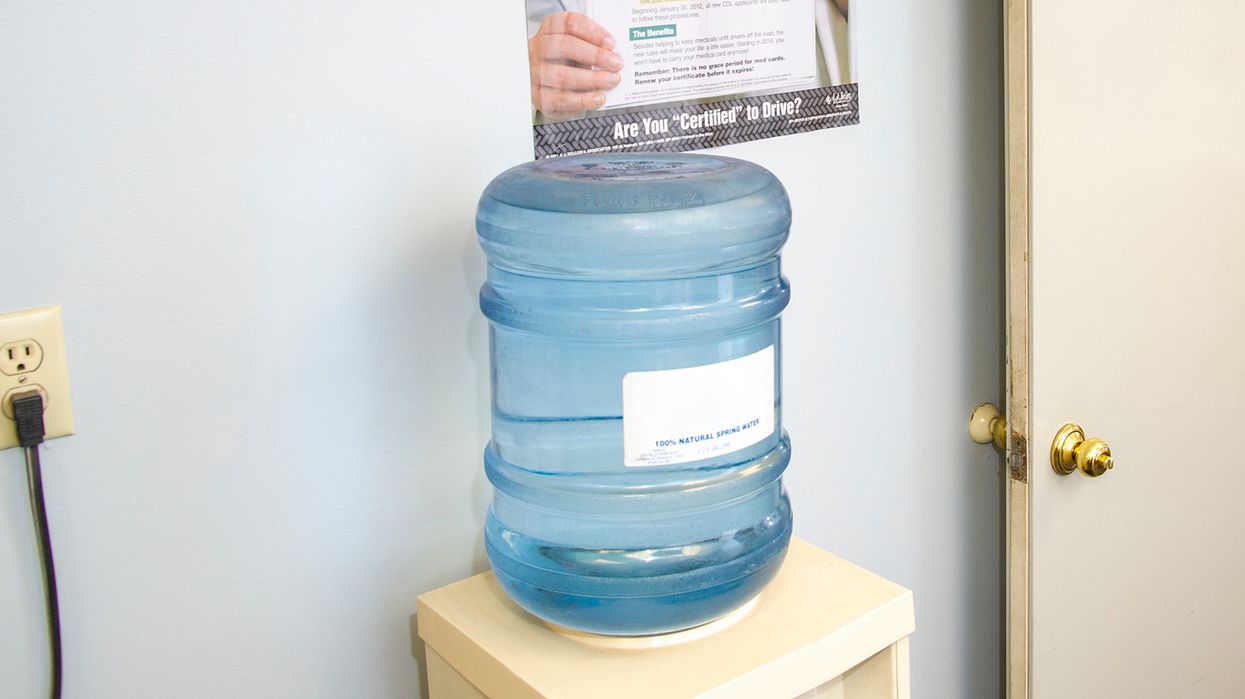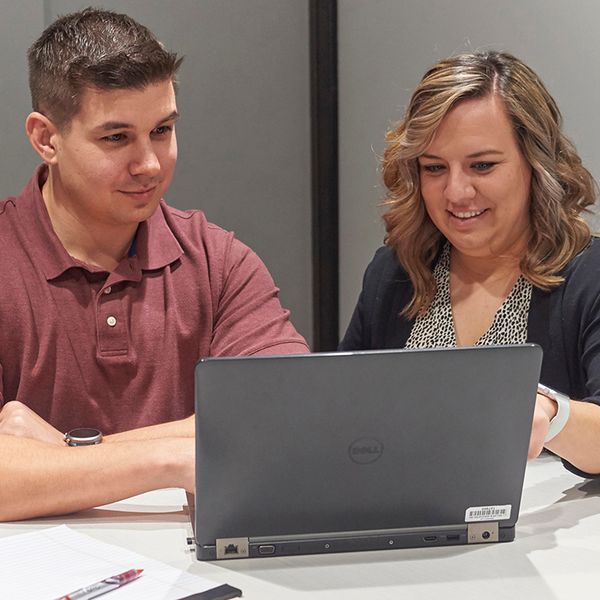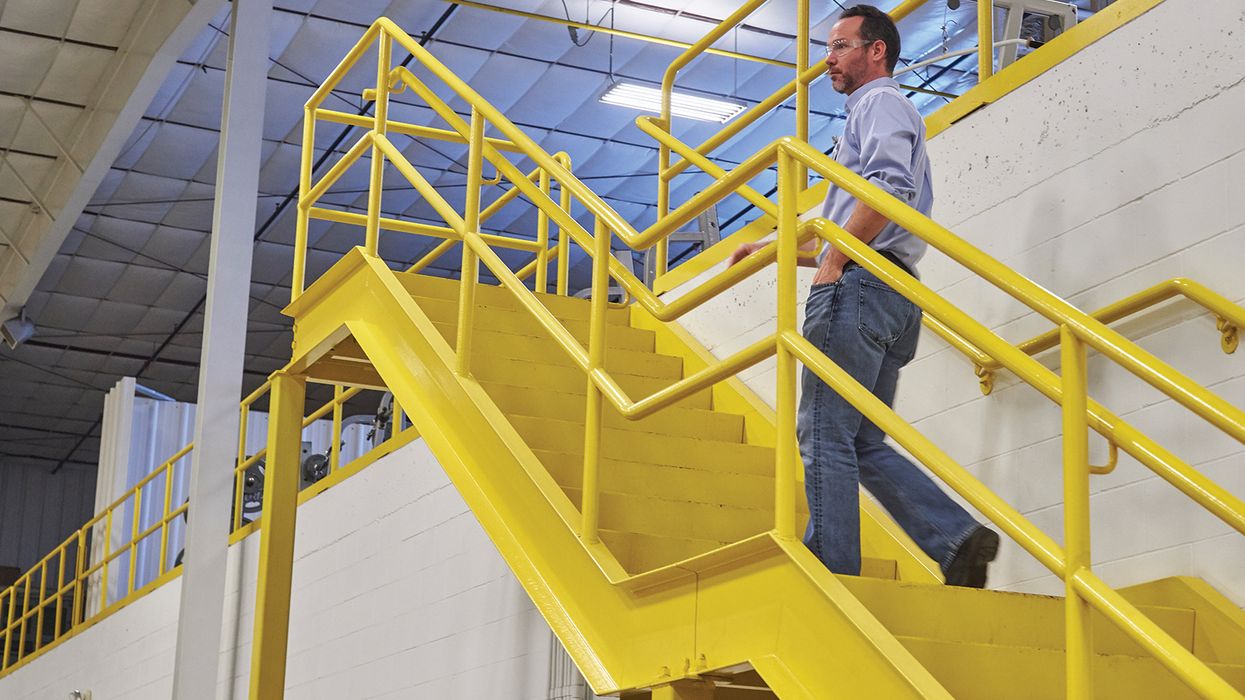Water cooler talk is circling the drain — How to fill employees’ emotional tanks in a virtual world
“Do you want to get water?” This question (and others like it) has evaporated somewhat as remote and hybrid work environments have become more common.
While not solely about hydration, water cooler talk for on-site employees is a chance for people to get away from their workstations, stretch their legs, and chat with coworkers. It is a great way to connect, but not for remote workers.
Those connections are still needed for successful, healthy working relationships, however.
Benefits of building strong work relationships
Managers risk getting eye rolls and complaints like, “I don’t have time for games” whenever the phrase “team building activities” pops up.
But pressing forward to develop strategies to connect with employees can lead to:
- Improved creativity,
- Better collaboration,
- More engagement,
- Reduced burnout, and
- Increased retention.
How to get started
Managers need to set their own expectations first. They need to realize the process of building a stronger, closer team when some or all members are remote is going to take a little effort upfront on their part. It’s not going to just “happen.” Some intention and design need to be in place first.
How this process develops must be based on team size and situation and tailored accordingly. Here are three ideas to get started:
- Create structured conversations. This is especially important in the beginning as a team is getting to know each other at a deeper level. Ask each person to share something they’re proud of. It can be an example of work they’re doing or a personal goal they’ve achieved. Visual aids (e.g., a medal) help. It will likely feel awkward, so explain the “why” behind it, which is the goal is to improve work culture and build stronger teams.
- Carve out time to chat. At the beginning of every meeting, allow about five minutes of free time to simply chat openly with one another. Managers might need to take the initiative to warm up the conversation by thinking of a fact someone shared with them recently and using that as a launching point, like: “How was that movie last weekend?” or “How did that recipe turn out?” Managers will also need to keep an eye on the clock once this takes off to ensure the meeting gets back to business. But then suggest sharing more in the group chat afterward (e.g., post a recipe in a shared group chat later).
- Check in regularly. Some people call these “pulse checks.” Managers should get into the habit of checking with individuals and teams regularly to gauge how everyone is doing. Whether it’s a workload review or just a personal “How are you doing?” these conversations give managers a sense of the team and their collective mental state. Depending on the responses, the manager then can take steps to shift work or offer resources to help.
Key to remember: While traditional water cooler talk may have dried up, managers and workers are emotionally parched. They still need to build connections in a hybrid and remote work environment.
| To read more about employee relations, click here. |
































































